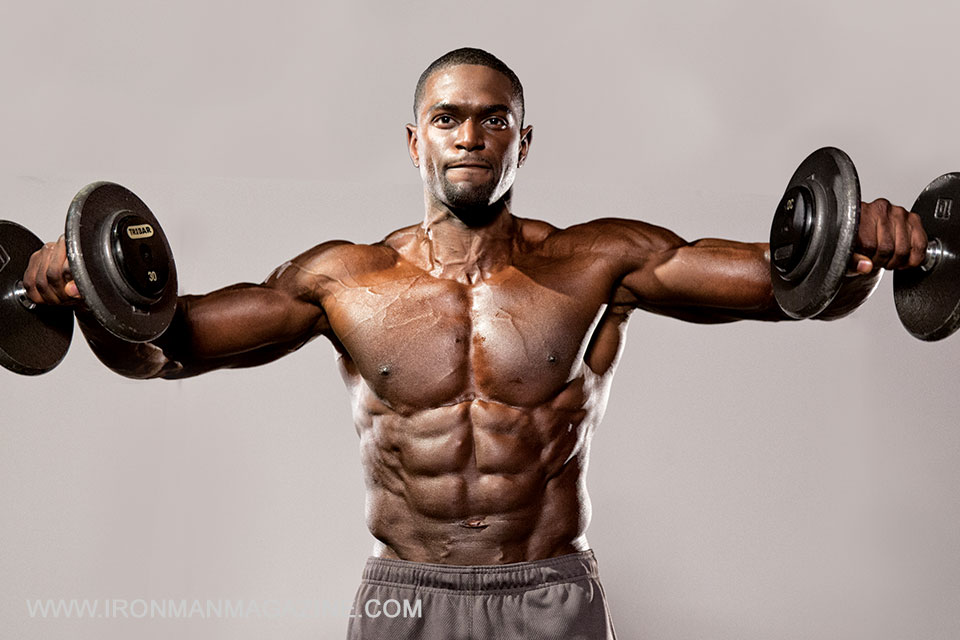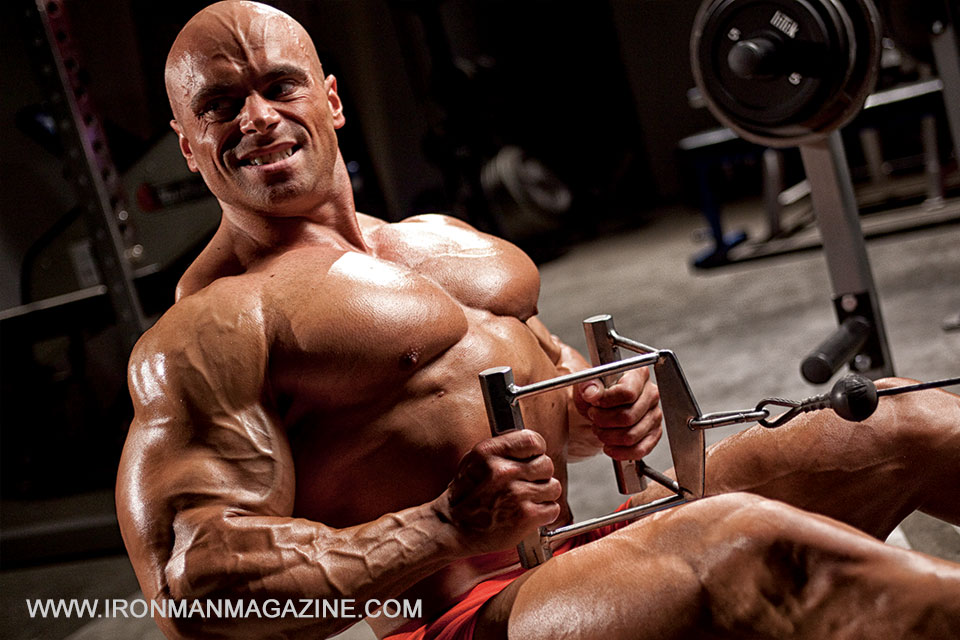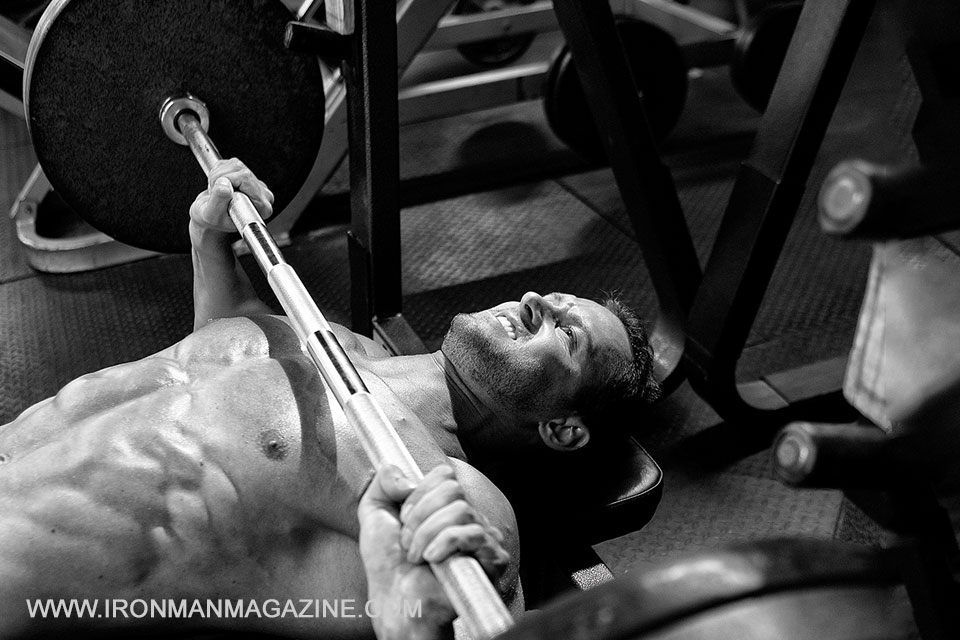


Q: What is preexhaustion and postexhaustion? Are they good for muscle growth?
A: For preexhaustion you fatigue a muscle with a single-joint exercise and then further exhaust it with a multijoint exercise for the same muscle that brings in other muscle groups.
For example, you can do biceps curls followed by chinups or lateral raises followed by behind-the-neck presses. It sounds simple enough, but it’s an amazingly effective training system for stimulating muscle growth—while giving you a butt-kicking workout.
Preexhaustion is a training principle that was introduced to the bodybuilding world in 1968 by the late Robert Kennedy in Iron Man magazine, but it was Nautilus creator Arthur Jones who popularized it and was obsessed with finding the most effective—and painful!—ways to use it. Jones liked the preex concept so much that he even designed several of his early Nautilus machines to combine two exercises into one to minimize the amount of rest time between sets; for example, a leg extension/leg press and a lateral raise/overhead press.
As for postexhaustion, it’s a great plateau buster. As the name suggests, this is a type of superset in which you start with a compound exercise and then follow it with an isolation exercise that taps into the same motor pool of the muscle you want to focus on.
The key is to select an exercise that recruits a lot of motor units, such as a chinup or squat, and follow it with a superior isolation exercise, such as a Scott curl or a split squat lunge.
Two examples of effective postexhaustion superset combinations are close-grip chins followed by low-incline dumbbell curls and parallel-bar dips followed by overhead rope extensions.
Editor’s note: Charles Poliquin is recognized as one of the world’s most suc-cessful strength coaches, having coached Olympic med-alists in 12 different sports, including the U.S. women’s track-and-field team for the 2000 Olympics. He’s spent years researching European journals (he’s fluent in English, French and German) and speaking with other coaches and scientists in his quest to optimize training methods. For more on his books, seminars and methods, visit www.StrengthSensei.com. Also, see his ad in this issue. IM






















You must be logged in to post a comment Login